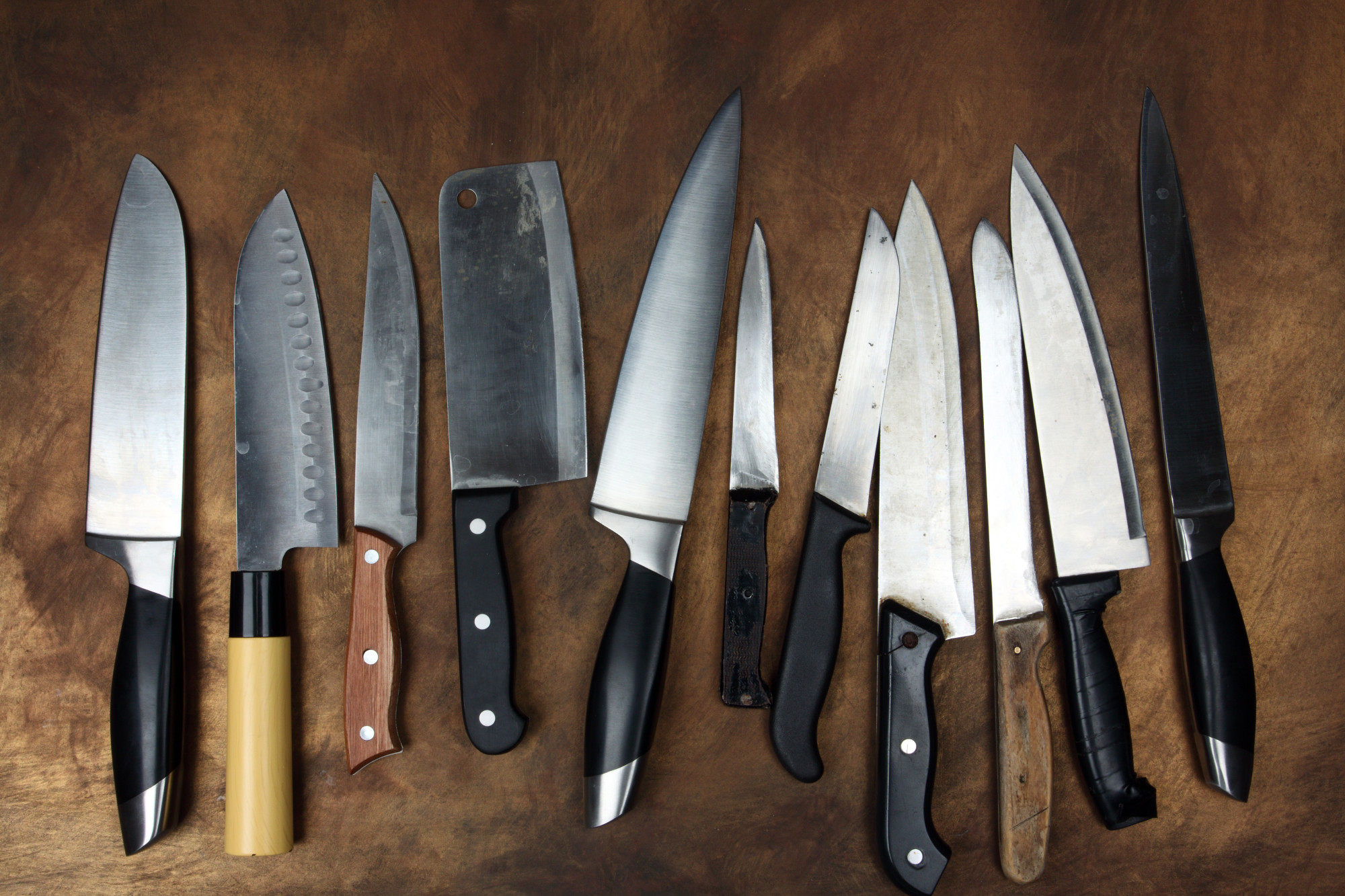As your eyes gaze upon it, the glistening of juices creates a salivating reaction. The smell fills the room, and your hunger begins to rumble deeper and deeper than before.
A perfect steak is exactly that — perfect. Although the cook and seasoning of the steak make it delicious, if you’re left without a complementary steak knife the meal isn’t the same.
When it comes to your steak knife, do you want a non-serrated or serrated edge? Each has its advantages and disadvantages, but the answer may shock you. It all depends on a few things.
Let’s slice into the details.
What Is a Serrated Edge?
As straightforward as it sounds, if you’re not frequently in the kitchen you might not know what a serrated edge is.
The serration refers to the toothlike edges known as gullets present along the cutting edge. This type of blade provides a smooth cut, sawing through anything in its way.
A serrated edge is a useful tool for any food that’s hard on the outside, but soft on the inside. Most serrated edge knives are used when cutting bread, but when it comes to steaks, they’re just as effective.
Most Common Choice
Over the years, serrated edge steak knives have been the common choice for steak cutting. They’re provided in most restaurants and other dining establishments.
If you want to cut through something tough, a serrated edge is a perfect candidate. However, serrated knives present an “illusion” of sharpness after consistent use.
That’s the common issue with serrated blades. It’s difficult to sharpen the edge because of the depth of the gullets. Most of the time users will be handling a dull blade without knowing it because the blade appears sharp — it’s not.
The effectiveness of a steak knife comes down to preference.
What are you using the knife for? Is it meal prep, casual eating, presentation? A knife no matter what the function is most effective when it’s sharp.
So when does a straight edge come into play?
Non-Serrated Knives
Also known as a straight edge, non-serrated knives cut through food without tearing the fibers as serrated knives do.
Straight edge knives slice through with a smoother and cleaner cut. However, there is a slight issue with using non-serrated knives when cutting steak. Straight edge steak knives have to be sharpened often, even more often than serrated.
After consistent use cutting on hard surfaces, knives lose their cutting effectiveness. You’ll have to sharpen your blade often if you expect the same cut over and over again.
There are dozens of ways steak knives can be sharpened. Know the difference in technique when it comes to the two types of edges and choosing your knife.
Make Life Easier
Deciding between the serrated edge and the non-serrated edge of a knife is the dealer’s choice.
The function of your knife has everything to do with what you’ll choose. We covered a few of those options in the content above, but if you need more information where should you look?
Luckily for you, a steak knife is just the tip of the iceberg. Our articles are updated daily for you, the consumer. Keep reading today for tons of other helpful information.







